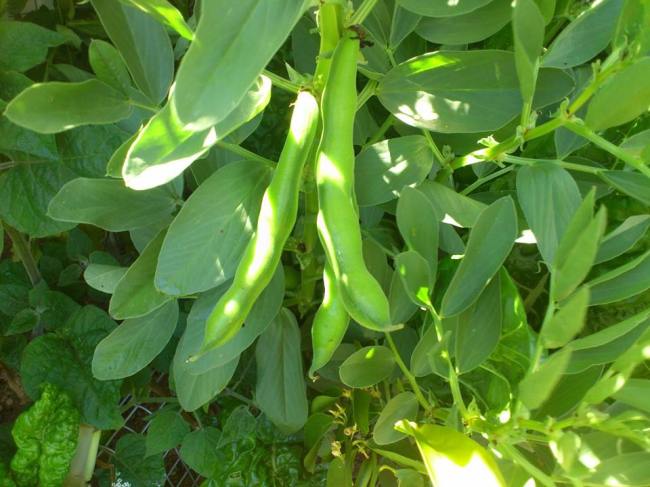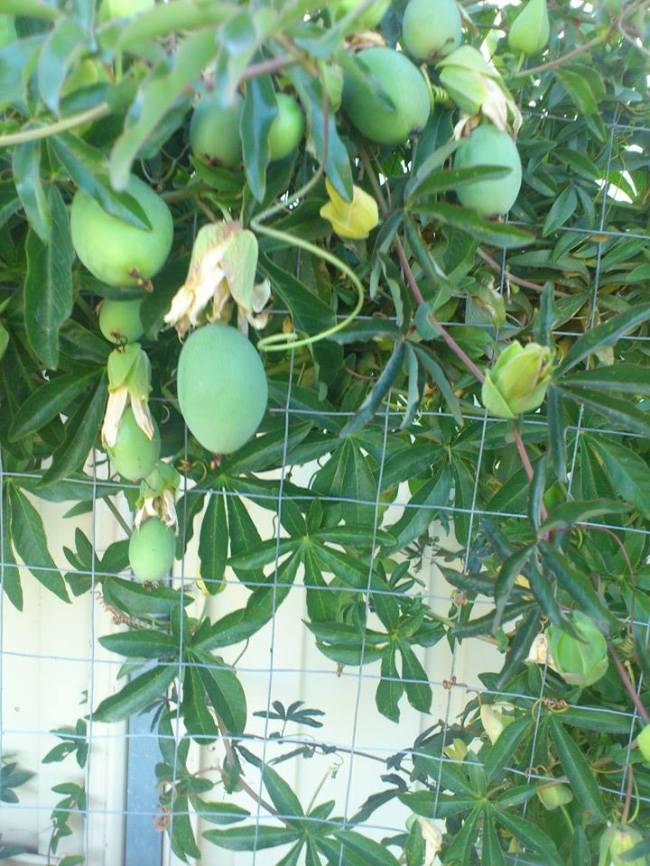I am not a ‘raise plants from seeds with infinite care’ person usually. My seeds need to grow when scattered gaily under the shadow of monster succculents or forests of silver beet. They may be tiny but they have to hold their own against the hairy caterpillar brigade, the slimy slug regiment and even the blackbirds who have a thing against neatness in the mulch. To be quite honest, that is probably why the seeds mostly do well too, sort of if you can make it under tough love, you can make it anywhere type reasoning.
But this does not mean that I do not give in to the seduction of seeds from catalogues or the lure of seed trays at the hardware store. I long to grow Japanese maples from seed for example, seeds that are so tough that they need to be rubbed with fine sand paper to wear down the seed coat before they go into the fridge for three months. Yes, you read that right; three months. All so that the stupid or is it overly clever, maple seeds can think that they are back home in Japan lying in frozen ground for three months. Then and only then, will they condescend to germinate. After that it is a wait of a year to see the slender twig grow infinitesimally slowly and put out one jewel toned leaf after the other. Then you can truly say that you have grown Japanese maple from seed. But mine are still sitting in the fridge. We may have missed the deadline for when they should have gone in. Consequently, I will probably not be able to plant them till late November here, which will not fool the sodding things into thinking they are still in Japan as Adelaide in late November is more sub-Sahara than Sakura.
So I will talk of the success I have had with something completely different. For the last week I have had three stainless steel bowls, the type called a katori back home and used for delicacies like dal or a subtly spiced vegetable dish sitting by the sink. They contain seeds of Carissa or the South African plum, the Confederate Rose of the Deep South or the Sthal Padma and the great big seeds of the Bauhinia or Orchid tree, the one with the heart shaped leaves we call Kanchan in Bengal. They needed some special care but not too much. All three needed warm water to soften them up, the water varying from boiling in case of the Kanchan and warm for the other two. After soaking for more than the one day specified on the seed packets as I thought four days at ten degrees must mean the same as a day and a night at twenty degrees, today I notice that ten of the Confederate rose seeds have sprouted. Taa Daa!
Baby photos to follow! In the meantime, here is one from the internet of the little hairy seeds that I sowed a week ago in a katori really meant for serving dal.






















